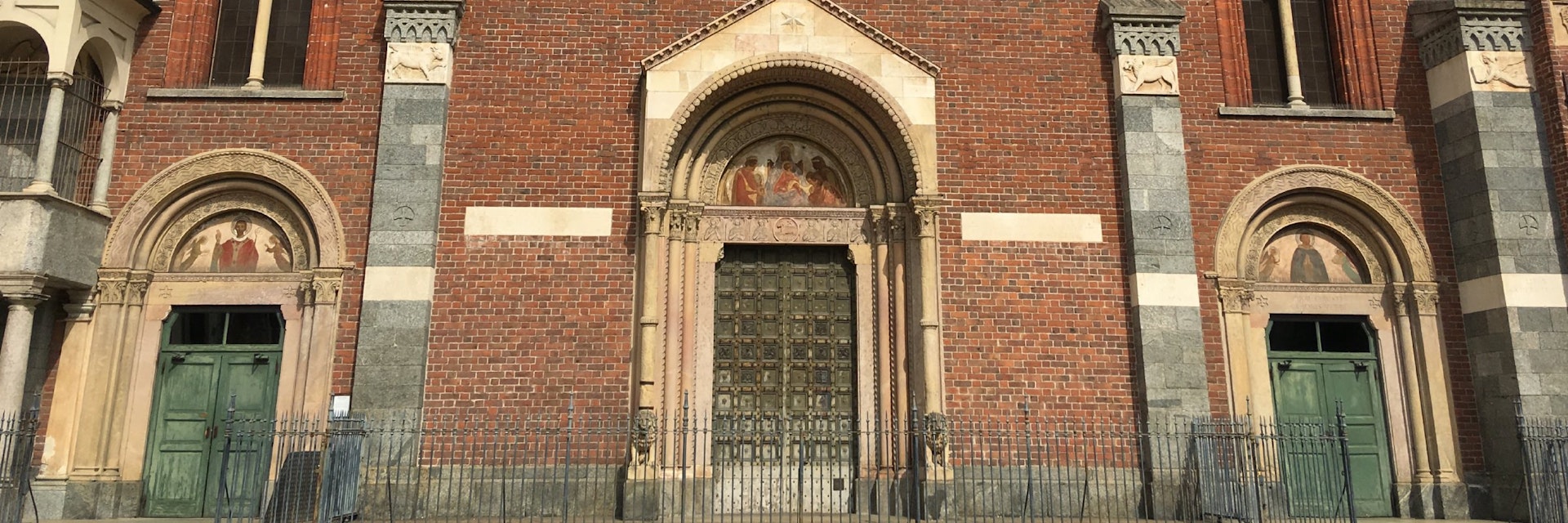Built in the 4th century to house the bones of the Three Kings, Sant'Eustorgio is one of Milan's oldest churches. Its harmonious exterior belies its rabble-rousing past as Milan's Inquisition HQ, but the real draw is Pigello Portinari's chapel. Representative of the Medici bank in Milan, Portinari had the cash to splash on Milan's finest Renaissance chapel, frescoed with masterpieces by Vicenzo Foppa.
In the centre of the chapel, borne aloft on life-size statues of the Cardinal Virtues, is the white marble Ark of St Peter Martyr, Prior of Como. It contains the saint's relics and is rendered in exquisite sculptural detail by Giovanni di Balduccio, making it one of the finest sarcophagi in Italy. The ticket also gives you entry to a paleo-Christian cemetery located beneath the basilica and a room stocked with other macabre saints’ relics.








